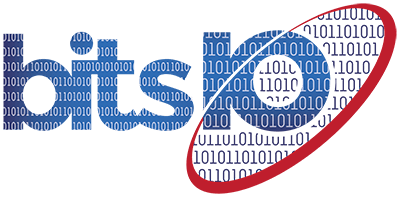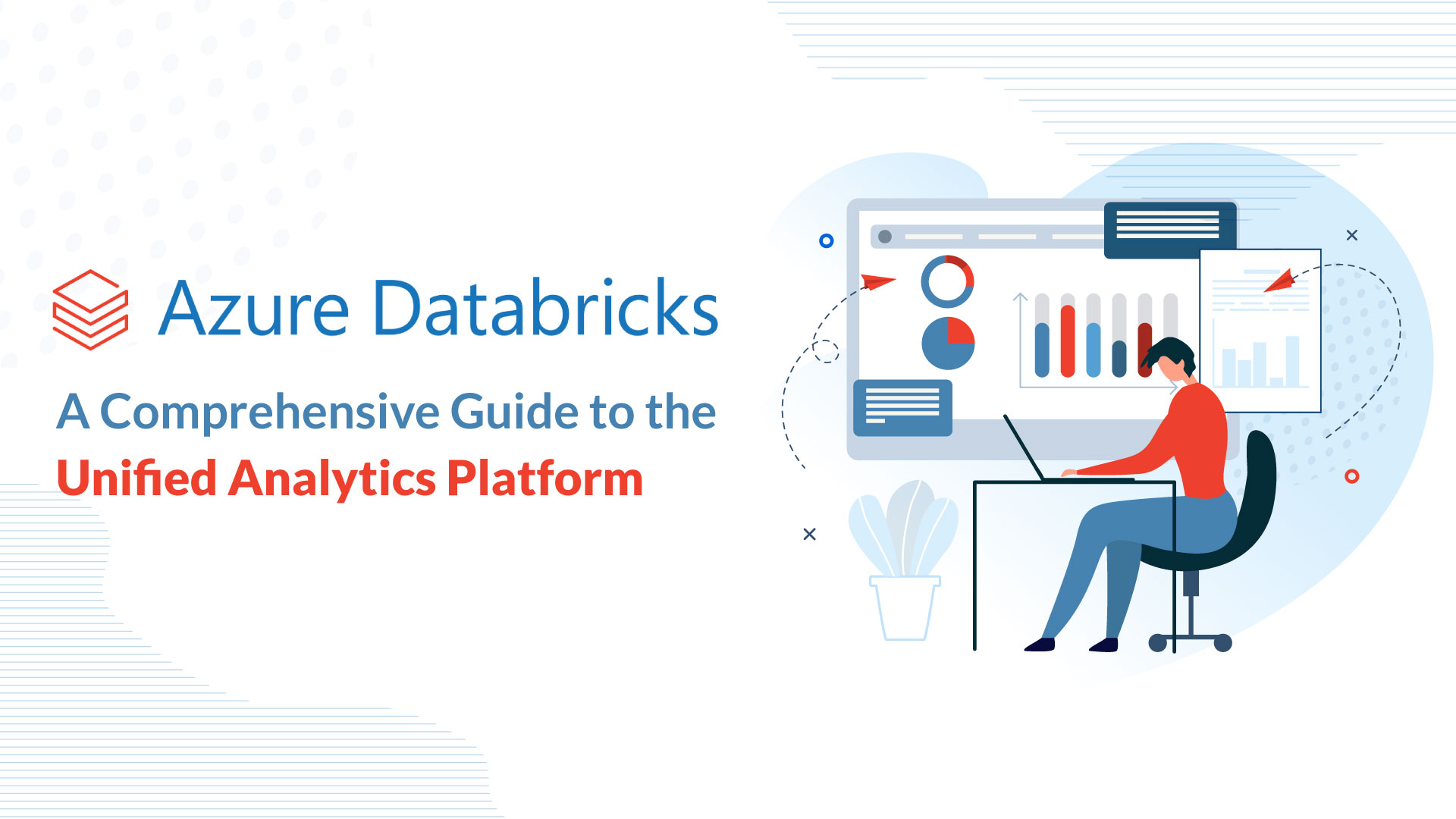Our blog
How To Achieve Business Resilience Using Splunk

Business resilience refers to the ability of an organization to anticipate, prepare for, and adapt to disruptions and unexpected events. This includes everything from natural disasters and cyber attacks to supply chain disruptions and changes in market conditions.
By being resilient, a business can minimize the impact of these disruptions on its operations, customers, and bottom line.
Splunk is a powerful tool that can help organizations achieve business resilience. It is a platform for collecting, analyzing, and visualizing machine data from a variety of sources. This data can include logs, metrics, and events from applications, servers, network devices, and more.
With Splunk, organizations can gain real-time visibility into their operations, quickly detect and diagnose problems, and take action to mitigate them. Splunk can also be used to monitor for security threats and compliance issues, which is critical for maintaining business resilience.
In this article, we’ll take a deep dive into the importance of business resilience, how Splunk can help with it, and the steps to take when implementing Splunk for business resilience. With that said, let’s get right into it!
What is business resilience?
As mentioned earlier, business resilience refers to the ability of an organization to anticipate, prepare for, and adapt to disruptions and unexpected events. This can include a wide range of situations, such as natural disasters, cyber-attacks, supply chain disruptions, changes in market conditions, and more.
The goal of business resilience is to minimize the impact of these disruptions on an organization’s operations, customers, and bottom line.
To achieve business resilience, organizations must have a comprehensive approach that involves identifying potential risks and vulnerabilities, implementing measures to mitigate them, and having plans in place to quickly recover from disruptions.
This can include developing disaster recovery plans, implementing security measures to protect against cyber threats, and diversifying supply chains.
Additionally, organizations must have real-time visibility into their operations and the ability to quickly detect and diagnose problems. This can be achieved through the use of tools such as log analysis, network monitoring, and incident response systems.
By having this visibility, organizations can quickly identify potential disruptions and take action to mitigate their impact.
Business resilience is a critical aspect of organizational success. It requires a proactive approach to identifying and mitigating risks and vulnerabilities, as well as the ability to quickly recover from disruptions. By being resilient, organizations can ensure the continuity of their critical services and protect their bottom line.
Importance of business resilience today
Business resilience has become increasingly important in today’s fast-paced, interconnected world. The COVID-19 pandemic has further highlighted the need for organizations to be able to anticipate, prepare for, and adapt to disruptions and unexpected events.
The following are some key reasons why business resilience is so important today:
Cybersecurity threats

Cyber threats are becoming more sophisticated and widespread. Organizations of all sizes and industries are at risk of cyberattacks, which can result in data breaches, loss of sensitive information, and disruptions to operations.
Business resilience strategies must include measures to protect against cyber threats, such as implementing strong security protocols and monitoring for suspicious activity.
Supply chain disruptions
Globalization has led to complex and interdependent supply chains. Disruptions to these supply chains, whether due to natural disasters, political instability, or other factors, can have a significant impact on organizations’ operations.
Business resilience strategies include measures to identify and mitigate these risks, such as diversifying suppliers and building redundancy into operations.
Digital transformation
Organizations are increasingly reliant on technology to operate and compete. This means that disruptions to digital systems and services can have a significant impact on operations and customer service.
Strategies include measures to ensure the continuity of digital systems and services, such as implementing disaster recovery plans and maintaining backup systems.
Compliance and regulatory requirements
Organizations are subject to a growing number of compliance and regulatory requirements, such as data protection and privacy laws. Business resilience strategies must include measures to ensure compliance with these requirements, such as implementing robust security protocols and monitoring compliance issues.
How Splunk can help with business resilience
Before we get into the use cases of Splunk with regard to business resilience, let’s first look at what Splunk’s capabilities include.
Splunk and its capabilities
Splunk is a powerful platform for collecting, analyzing, and visualizing machine data from a variety of sources. It is commonly used for IT operations, security, and compliance. The platform allows organizations to gain real-time visibility into their operations, quickly detect and diagnose problems, and take action to mitigate them.
One of the key capabilities of Splunk is its ability to collect and index large volumes of data from various sources in real time. This data can include logs, metrics, and events from applications, servers, network devices, and more. It can be collected from on-premises environments, cloud services, and IoT devices.
Splunk’s ability to collect data from multiple sources and index it in real time allows organizations to have a comprehensive view of their entire IT environment.
Another key capability of Splunk is its ability to perform real-time analytics on the collected data. This allows organizations to quickly detect and diagnose problems, such as security breaches, system failures, and performance issues.
Splunk provides a wide range of analytics tools and functions such as search, reporting, alerts, and dashboards that allow organizations to quickly identify and investigate issues.
In the field of cybersecurity, Splunk can be used to monitor security threats and compliance issues. It can detect and alert suspicious activity such as malicious IP addresses, unauthorized access attempts, and network anomalies.
Splunk can also help organizations to meet compliance requirements by providing a centralized location for storing and analyzing log data, which can be used for auditing and reporting purposes.
Moreover, Splunk can be integrated with other security tools and platforms, such as firewalls, intrusion detection systems, and vulnerability scanners, to provide a more comprehensive view of the organization’s security posture. This allows organizations to quickly identify and respond to security threats, and to improve their overall security posture.
Use cases of Splunk in business resilience
There are several use cases of Splunk in business resilience, which include the following.
IT Operations and Infrastructure Monitoring

Splunk can be used to collect, analyze, and visualize log data from various systems and devices, such as servers, network devices, and applications. This allows organizations to gain real-time visibility into their IT operations and infrastructure, which is critical for detecting and diagnosing problems quickly.
With this information, organizations can take action to mitigate issues and minimize their impact on operations.
Security and Compliance Monitoring
Splunk can also be used to monitor security threats and compliance issues. For example, it can be configured to detect and alert suspicious network activity, such as unauthorized access attempts or data exfiltration.
Splunk can also be used to monitor for compliance issues, such as non-compliance with industry regulations or company policies.
Application Performance Monitoring
Splunk can be used to monitor the performance of critical applications, such as web applications and databases. This includes monitoring metrics such as response time, error rates, and throughput. With this information, organizations can quickly identify and diagnose performance issues, and take action to improve the performance of their applications.
Business Intelligence and Analytics

Splunk can be used to collect, analyze, and visualize data from various business systems, such as CRM and ERP systems. This allows organizations to gain insights into their business operations, such as customer behavior, sales trends, and supply chain performance.
With this information, organizations can make data-driven decisions to improve their operations and adapt to changes in the market.
Business Continuity and Disaster Recovery
Splunk can be used to monitor the health and availability of critical systems and services. In case of a disaster or a disruption, it can be used to quickly identify and diagnose the problem, and take action to recover critical systems and services. This can minimize the impact of the disruption on operations and ensure the continuity of critical services.
All these use cases demonstrate the capability of Splunk to aid in business resilience by providing real-time visibility and insights, as well as alerting and monitoring capabilities.
Splunk can be used as a central platform to monitor, detect, and diagnose issues in various systems and services, thus allowing organizations to anticipate and adapt to disruptions and unexpected events, thus ensuring the continuity of their critical services.
With that said, let’s take a closer look at two common and important Splunk use cases for business resilience.
Using Splunk to monitor and analyze data to identify potential risks and vulnerabilities
One way to do this is by setting up data inputs to collect logs and metrics from various sources, such as servers, network devices, and applications. Once the data is collected, Splunk can be used to search, analyze, and visualize it in real-time.
One powerful feature of Splunk is the ability to create custom search queries. These queries can be used to identify specific patterns or anomalies in the data that may indicate a potential risk or vulnerability.
For example, a query could be used to search for failed login attempts on a server, which could indicate a potential security threat. Another query could be used to search for high error rates in an application, which could indicate a potential issue with the code.
Another way to use Splunk for risk and vulnerability management is by setting up alerts. Alerts can be configured to trigger based on specific conditions, such as a high number of failed login attempts or a significant increase in error rates.
When an alert is triggered, Splunk can automatically notify the appropriate team or individual so that they can take action to investigate and mitigate the issue.
Moreover, Splunk can also be used to create dashboards and reports that provide an overview of the organization’s security posture.
These dashboards can be used to track key security metrics, such as the number of failed login attempts, the number of successful logins, and the number of vulnerabilities. These visualizations can help organizations quickly identify trends and patterns that may indicate a potential risk or vulnerability.
Splunk provides organizations with real-time visibility into their operations and enables them to quickly detect and diagnose problems, take action to mitigate them and ensure the continuity of their critical services.
Using Splunk to automate and streamline incident response and disaster recovery processes
Using Splunk to automate and streamline incident response and disaster recovery processes can significantly improve the efficiency and effectiveness of these critical operations.
One way to do this is by setting up automated alerts in Splunk that trigger when certain conditions are met. For example, you can set up an alert to notify you when a server’s disk usage exceeds a certain threshold or when there are multiple failed login attempts within a short period of time.
These alerts can be configured to trigger an automatic response, such as sending a notification to the IT team or shutting down a compromised server. This can help to quickly identify and contain a problem before it becomes a major incident.
Another way to use Splunk for incident response and disaster recovery is by leveraging its powerful search and analysis capabilities. This can enable you to quickly identify the cause of an incident and determine the best course of action.
For example, you can use Splunk to search through log data from multiple systems to identify the source of a network attack or to track the spread of a malware outbreak. This can help you quickly contain and resolve the incident.
Splunk can also be used to automate disaster recovery processes. For example, you can use the Splunk REST API to trigger a script or other automation tool that performs a specific action in response to a disaster recovery event.
Steps to take when implementing Splunk for business resilience
When implementing Splunk for business resilience, there are several steps that organizations should take to ensure a successful deployment. These include:
Step 1 – Define your use cases

Before you start using Splunk, it’s important to have a clear understanding of what you want to use it for. This will help you to determine what data you need to collect, what kind of analysis you need to perform, and what kind of visualizations will be most useful. Some common use cases for Splunk include monitoring network and application performance, detecting security threats, and complying with regulations.
Step 2 – Data collection
The first step in using Splunk for business resilience is to collect data from the various systems and devices that make up your infrastructure. This includes data from servers, applications, network devices, and more.
Splunk offers a variety of ways to collect data, including forwarders, APIs, and connectors. Depending on the type of data and the source, organizations can choose the method that best suits their needs.
Step 3 – Data indexing
Once data is collected, it needs to be indexed so that it can be searched and analyzed. Splunk uses a proprietary indexing technology that allows it to quickly search and retrieve large amounts of data. Organizations can also use indexing to group similar types of data together, making it easier to search and analyze.
Step 4 – Data visualization
Data visualization in Splunk allows organizations to create visual representations of their data such as graphs, charts, and tables. This helps to make the data more understandable and allows organizations to identify patterns and trends in the data.
Splunk’s visualization capabilities are extensive and allow organizations to create a wide range of visualizations to suit their needs, such as line graphs, bar charts, pie charts, etc.
Dashboards can be customized to show the data that is most important to an organization, making it easy to monitor key performance indicators.
Step 5 – Alerting
Splunk can be used to set up alerts that trigger when certain conditions are met. For example, an organization may want to be alerted when a server’s CPU usage exceeds a certain threshold.
Alerts can be sent to administrators via email, SMS, or other methods, allowing them to take action to mitigate the problem.
Step 6 – Dashboards

Splunk’s dashboards allow organizations to create a centralized view of their data. Dashboards can be customized to show the data that is most important to an organization. They can include key metrics such as the number of failed logins, the number of open tickets, or the number of active users.
These metrics can be displayed in real-time, and in a variety of formats such as graphs, charts, and tables. The dashboards can also be configured to show data from multiple sources, providing a unified view of the organization’s infrastructure.
This allows administrators to quickly identify and diagnose issues, and take action to mitigate them. Moreover, dashboards can also be shared with other stakeholders such as management, providing them with a high-level overview of the organization’s operations.
Step 7 – Reports
Splunk has a powerful reporting feature that allows organizations to generate reports on various aspects of their data. Reports can be created on security, performance, and compliance, giving organizations a detailed view of their operations and potential vulnerabilities.
These reports can be scheduled to be generated automatically and exported to various formats, such as PDF and Excel, to be shared with stakeholders. Reports can also be customized to suit the needs of the organization and provide insights that can be used to improve the overall resilience of the business.
Step 8 – Machine learning
The machine learning capabilities of Splunk can be used to identify patterns and anomalies in the data. It uses algorithms that can learn from data, identify patterns and make predictions.
This can be especially useful for identifying security threats, such as intrusion attempts and data breaches. For example, if an organization’s data shows an unusual increase in login attempts from a specific IP address, the machine learning algorithm could flag this as a potential attack.
Splunk also allows organizations to create custom machine-learning models, tailored to their specific needs. These models can be trained on historical data and then used to predict future events.
With machine learning, organizations can improve their ability to detect and respond to threats, making their business more resilient.
Step 9 – Optimization

Finally, once an organization has implemented Splunk, it should continuously monitor and optimize its deployment to ensure it is getting the most value from the platform.
This includes monitoring performance, capacity, and scaling as needed, tuning search and alerting, and monitoring and tuning the machine learning models.
This helps in identifying the areas that need improvement and making necessary changes to fine-tune the system for better results. This leads to more accurate data analysis, more efficient use of resources, and more effective overall deployment.
With the right planning, organizations can use Splunk to gain real-time visibility into their operations, quickly detect and diagnose problems, and take action to mitigate them.
How bitsIO can help you achieve business resilience with Splunk
To fully utilize Splunk’s capabilities to enhance business resilience and get optimal results, it is advisable to seek the help of Splunk professionals. Partnering with a reputable company like BitsIO, who are certified Splunk professionals, will ensure that your Splunk environment is fully optimized and that you are making the most of this technology.
bitsIO’s team of certified experts can assist you with a wide range of services, including seamlessly integrating your Splunk environment for optimal interoperability.
If you want to maximize the potential of your investment in Splunk, reach out to us to learn more about how they can help you.
Search Here
Latest Posts


